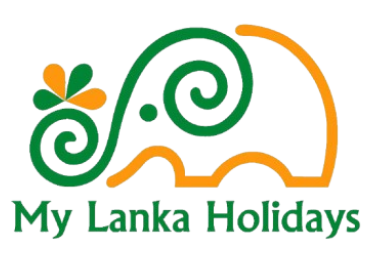
Yala West (Ruhana) National Park
What ?
This is a combined nature reserve and national park, famous for its large population of Sri Lankan Leopards. It is one of the most popular wildlife safari destinations in Sri Lanka and was declared a National Park in 1899. Yala is one of the first two national parks in the country and plays an important role in conserving fauna and flora. The park is divided into five blocks, with Block I being the most visited.
Where ?
It is located in the southeast part of Sri Lanka, in the dry zone, about 305 km from Colombo, covering an area of about 126 hectares.
When ?
It can be visited all year long. The park lies at an altitude ranging from 30 metres near the coast to about 125 metres inland. It receives rain mainly during the north-east monsoon, with annual rainfall between 500–775 mm. The average temperature varies from 26.4°C in January to 30°C in April. The best time to see leopards and elephants is from February to July when the water levels are low.
Yala West (Ruhana) National Park is world-renowned for having one of the highest densities of leopards living in the wild. Around 35 Sri Lankan Leopards, a subspecies unique to Sri Lanka, live within the park boundaries. They are often seen at dawn or dusk, and sometimes even during the day, especially young males who are not afraid of vehicles.
The park is also home to Sri Lankan Elephants, Sri Lankan Sloth Bears, Spotted Deer, Water Buffaloes, Crocodiles, and 44 species of mammals. For bird lovers, Yala is home to around 130 bird species, including six endemic ones. The critically endangered Black-necked Stork and the Lesser Adjutant are often seen here.
Of the 46 reptile species recorded in Yala, five are endemic to Sri Lanka. There are also 21 species of amphibians and 21 species of fish. The coastal area of the park serves as a nesting ground for marine turtles.
The flora of the park includes about 300 plant species, ranging from moist and dry monsoon forests to scrubland, grasslands, freshwater and marine wetlands, lagoons, and mangroves. Block I contains waterholes, tanks, and chena lands, while other blocks are covered mostly by forest canopy.


© All Rights Reserved | Designed and Developed by NB Code Zone.